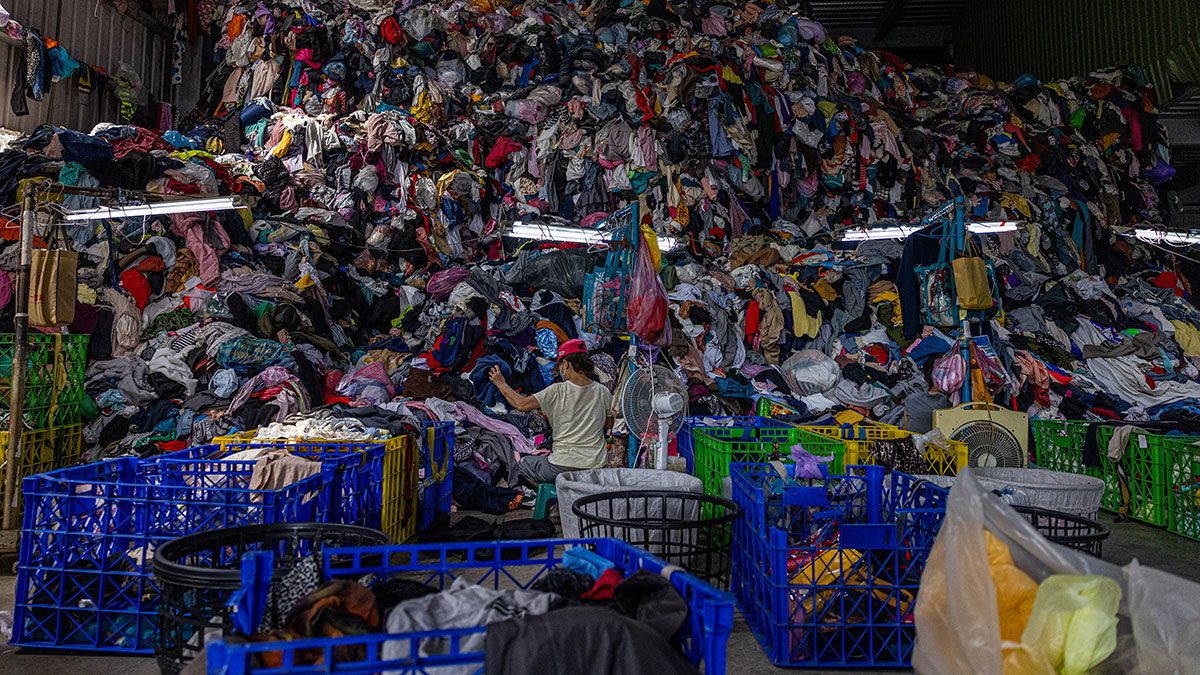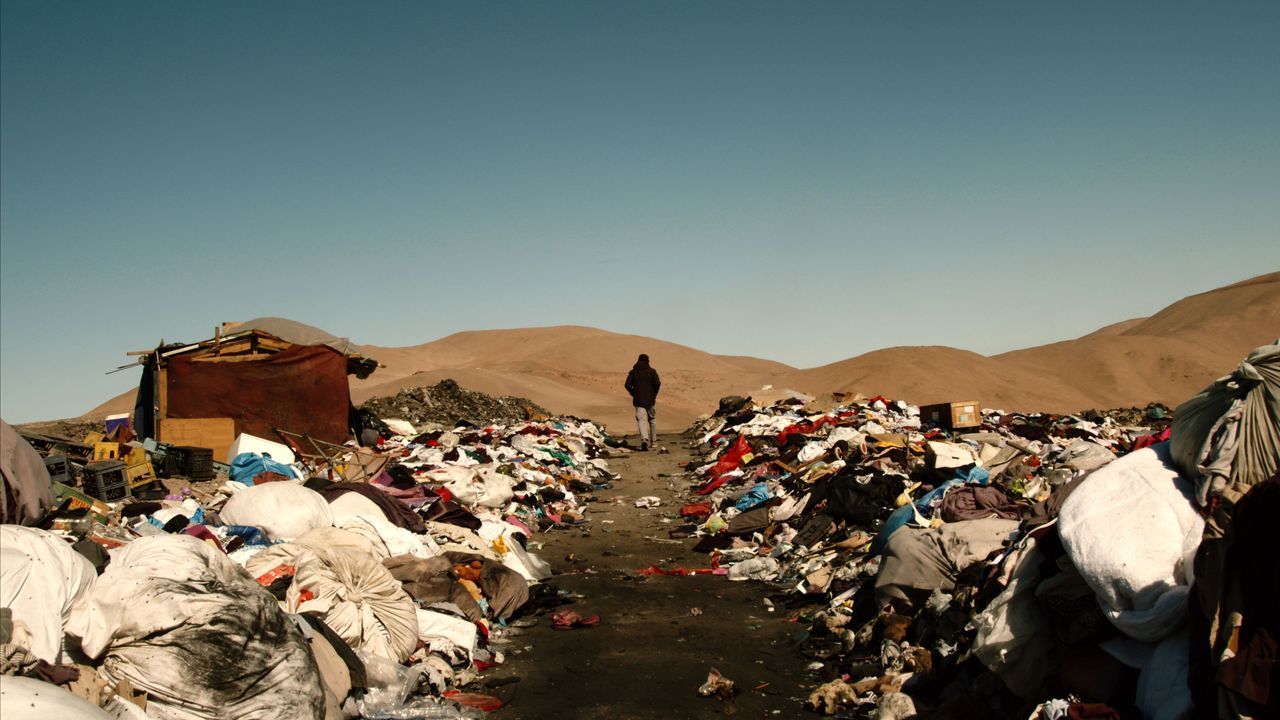
Earlier this week, the US published its first federal report on textile waste, marking the first time the government has acknowledged — and proposed solutions to — one of the biggest issues facing the fashion industry.
Led by the Government Accountability Office (GAO), the report found that textile waste volume in the US increased by more than 50 per cent between 2000 and 2018, largely owing to the rise of fast fashion and the lack of coordinated efforts to collect and sort used textiles. It also found that waste is leaching contaminants and microplastics into soil and water as it slowly sits and decomposes in landfills. The report also made seven recommendations for interventions aimed at curbing textile waste, including advancing textile recycling, reducing textile waste and identifying funding opportunities at the state, local government and federal level.
The GAO also suggested that six government agencies — Environmental Protection Agency, National Institute of Standards and Technology, Office of Science and Technology Policy, Department of State, Department of Energy, and National Science Foundation — form an interagency mechanism to foster collaboration and help achieve these goals faster. The agencies in question were quick to push back on this, but the GAO says it stands by the recommendation.
This all came about because of Representative Chellie Pingree, a Democrat from Maine who founded the congressional Slow Fashion Caucus in June to curb fast fashion pollution through policy, as Teen Vogue reported. Pingree requested the GAO report to kick-start proceedings. But does it actually achieve anything?
Dark times, bright ambitions: Sustainability leaders on finding the energy to keep going
Climate change efforts and social protections are at stake following the outcome of the US election. We asked prominent voices for change how they will keep doing the work.

“The most significant thing about the GAO report isn’t necessarily what it says, it’s that it exists at all. The report reinforces what many in the industry already know, but does so in a coordinated way, directed at the federal government,” says Rachel Kibbe, founder and CEO of Circular Services Group, and CEO of American Circular Textiles. “It formally calls for action, agency coordination and the deployment of federal power to address textile waste and circularity in a focused manner.”
It’s significant that a government agency would acknowledge such a problem, change is unlikely without the proper infrastructure to support it. “While the report does a solid job of laying the groundwork by recommending interagency collaboration and a future national textile recycling strategy, it’s critical that — as this strategy evolves over the next five to 10 years — the focus remains on aligning infrastructure development with a deep understanding of consumer behaviour,” says Brittany Sierra, founder and CEO of the Sustainable Fashion Forum and host of the ‘Green Behavior’ podcast.






